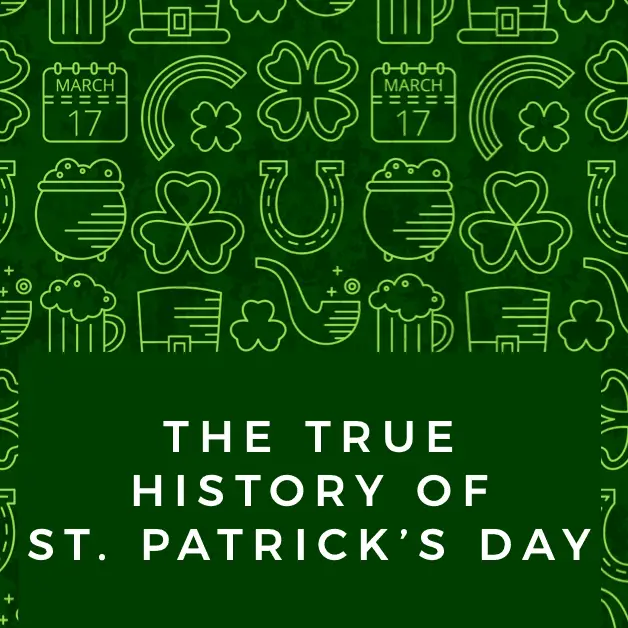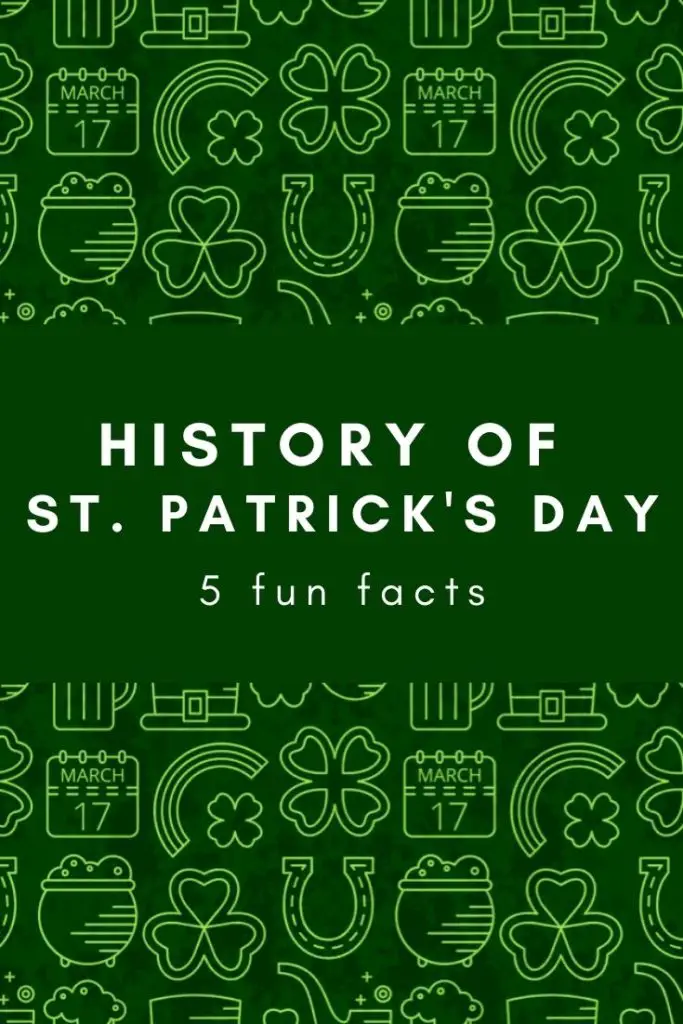
I majored in History in college, so I’m always intrigued about the historical foundations of holidays. The history of St. Patrick’s Day is no exception! History.com has a great collection of articles, videos and interactive options centered around St. Patrick, the patron saint of Ireland, and the holiday. (By the way, St. Patrick didn’t really banish all of the snakes from Ireland!)
My friends from ehow.com also emailed me over the following helpful information:
History of St. Patrick’s Day
“St. Patty’s Day – What’s Irish About It?
While St. Patty’s Day is not recognized internationally as a day where everyone gets to be Irish, the facts below from ehow.com make you wonder? It seems the only St. Patty’s Day tradition we got from the Irish is binge drinking.
1. Ironically enough, what’s become the biggest drinking day of the year, was first established as a religious celebration, a time of spiritual renewal. It was originally created as a feast day by the Catholic Church, honoring the life of Ireland ‘s patron saint. St. Patrick, who died in the 5th century, is credited with bringing Christianity to Ireland . Thus, the holiday was first.
2. The first St. Patrick’s Day parade took place in New York City in 1762 on March 17, not Ireland. That first parade has grown to become the biggest St. Patrick’s Day parade in the United States. Three million people gather to watch the 150,000 people and floats that form the parade. The parade route is a mile and a half long, with the last participants reaching the end five hours later.
3. Wearing green on St. Patrick’s Day and being pinched if you don’t is not an Irish tradition. Surprisingly, green is considered an unlucky color in Ireland and is associated with a green flag in use when Ireland was not free. The Irish use blue instead and have what they call “St. Patrick’s Blue” in their flag and in military uniforms.
According to the American Greetings Company, the custom of wearing green originated in the United States , as did the custom of being pinched. The latter was started by children who used the made-up rule to pinch classmates. Still, even though not specifically Irish, the color green for St. Patrick’s Day is one observed worldwide. The city of Chicago, Illinois even dyes its river green on St. Patrick’s Day.
4. The shamrock was a sacred plant in ancient Ireland, because it was a symbol of rebirth. During Ireland ‘s struggle for freedom from the English, the Celts wore the shamrock in a silent protest. From there, as knowledge of the shamrock grew, it eventually because a symbol of Ireland itself.
5. Leprechauns, another popular symbol on St. Patrick’s Day, was based on an Irish belief in “lobaircin,” small people they believed were magical. It was never part of St. Patrick’s Day. However, in the United States, Disney released a movie called “Darby O’Gill & the Little People.” This type of leprechaun was lovable, so American people took him to heart, eventually adding him to St. Patrick’s Day celebrations.”
These fun facts about the history of St. Patrick’s Day were interesting to me. I hope that you enjoyed them too.
If you enjoyed this post, please share it. In addition, consider signing up for my weekly email newsletter so that you don’t miss future updates. Thanks!
